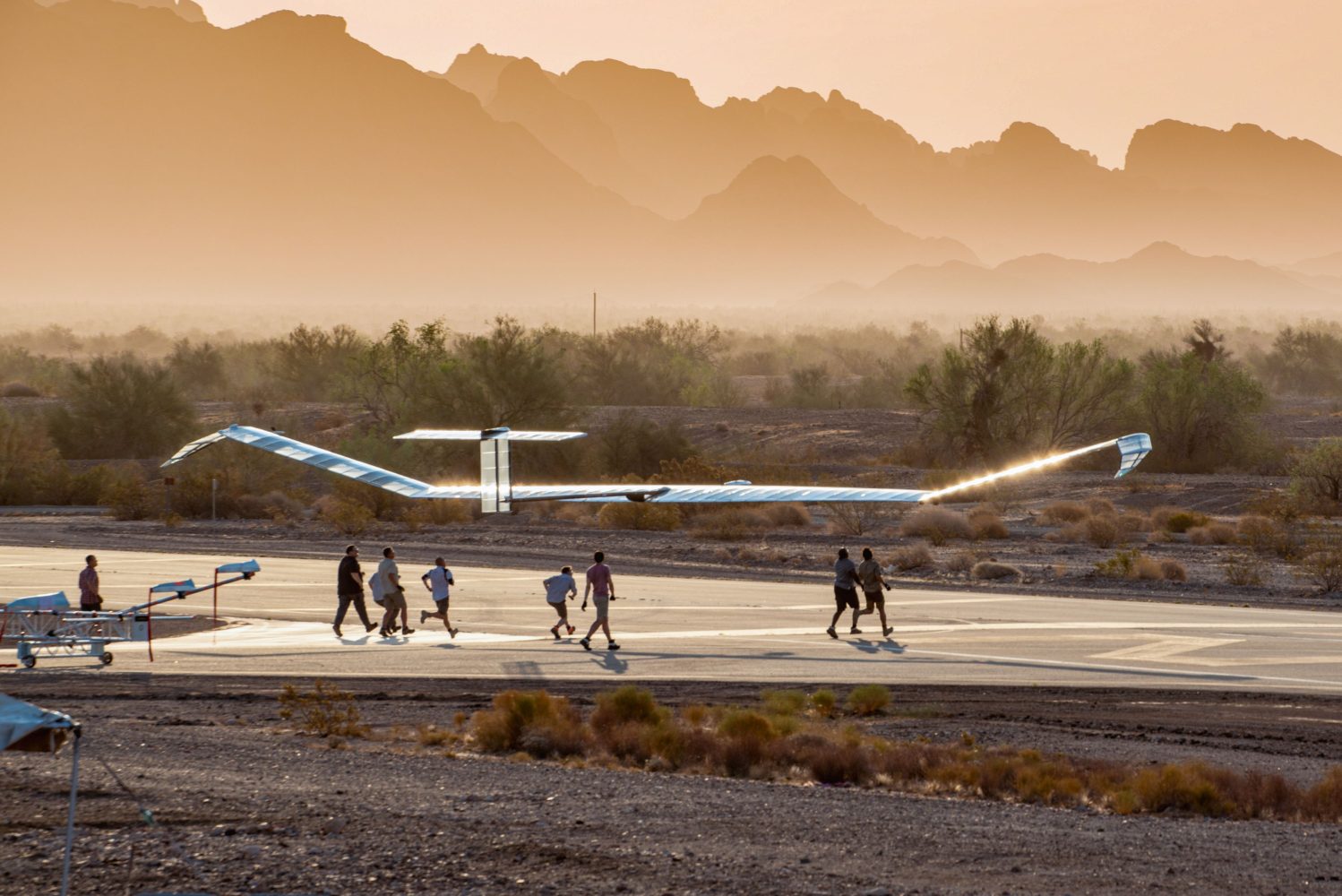
Airbus has remarkable success in developing its record-shattering Zephyr high-altitude platform system (HAPS), but now the European aviation giant is now looking to bring in outside investors to help take the solar-powered drone to market.
Airbus officials revealed their plans to open the Zephyr drone program up to new corporate investors, saying the consortium had turned to Morgan Stanley to find potential partners for its HAPS unit. As initially reported in the Financial Times, Airbus wants to parlay the considerable success the stratospheric craft has had in testing to prepare its commercialization as a cutting-edge surveillance and communications asset for government and business clients.
Read: Airbus Zephyr’s US Army marathon flight ends hours shy of endurance record
Though Airbus plans to remain a central actor in the HAPS program, its intention is to continue developing the high-flying Zephyr drone in conjunction with recruited backers who will help with its marketing through a spun-off company known as Aalto.
Currently configured as a 75-kilogram craft whose 25-meter wing-span is covered entirely with solar panels, the Airbus Zephyr HAPS is designed to swoop in the stratosphere at 60,000 to 70,000 feet, and operate as a data-gathering or communications-transmitting drone that can remain aloft for months at a time before needing servicing
Last August, the UAV set an all-time record for uncrewed flight when it dropped to earth after 64 straight days in the air. Although that more than doubled the initial 30 day objective Airbus engineers had set for the HAPS, the drone’s abrupt descent deprived Zephyr of the all-time flight endurance mark of 64 days and 22 hours set by two pilots flying a Cessna 172 Skyhawk in 1958.
Airbus had been conducting those tests in partnership with the US Army, and developing the Zephyr HAPS as an ultra-long-endurance drone whose capacities fit the needs of military, defense, government, and certain business users.
Read: Airbus prepares its AAM eVTOL plane for operation in Japan
And while that activity has been progressing well, Samer Halawi, who heads the Airbus Zephyr program, told the FT that because the drone is “now at a final design stage,” the time had come for outside partners to step in and oversee successful commercialization of the HAPS to appropriate customers.
“Airbus is not a company that offers telecom services,” Halawi told the paper. “The idea of the carve-out is to bring like-minded partners to the equation and to be able to scale this business.”
FTC: We use income earning auto affiliate links. More.



Comments